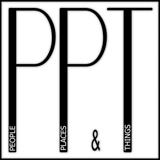Photography has rules???
The "Rule" of Thirds is less of a rule and more of a suggestion but
"Rule of Thirds" rolls off the tongue more easily than "Suggestion of
Thirds".
While exposure and focus are contributors to a good photo, how you place
the subject in the frame can be just as important. The concept of the rule of thirds proposes that by aligning the subject
off-center, it adds a dynamic feeling to a photograph. The viewer is
either drawn to the subject or led from the subject to its environment.
The origin of the concept has its roots in the use of the Golden
Rectangle or the Golden Mean by architects and artists as far back as
the Pyramids of Giza. Leonardo Da Vinci used it to set proportions in
his paintings and illustrations and the face of the Parthenon in Athens
is a Golden Rectangle. Interestingly, the Golden rectangle and the
mathematical sequence that it is based on will appear quite often in
nature. The increasing spirals of a Nautilus shell follow it nearly
perfectly. The ratio appears in the positioning of the eyes and other
features in the human face and the closer the features are to the Golden
Mean, the more attractive the face is to the average viewer. This
instinctive reaction to the ratio is what makes the rule of thirds work
for a photo. Somewhere in your head, something tells you that it looks
“right”.
The ratio of a Golden Rectangle is actually very close to the
ratio of a 35mm film frame or an APS-C DSLR sensor (3:2), but the
concept still works well with Four-Thirds or P&S cameras (4:3).
Let’s
start with the basics. The rule-of-thirds divides the frame into nine
equal parts (as shown in the photos below). The idea is to position the
subject at the intersection of the lines or in one of the thirds, giving
the viewer a sense of the surroundings, framing the subject in a
relatively featureless space or drawing their eye towards the subject.
Just a note; the surroundings, ideally, should be less interesting than
the subject! Horizons should be aligned with one of the lines (regardless
if the image is oriented horizontally or vertically). Where the subject
is a landscape and the foreground is the subject, the horizon is aligned
with the top line. If the sky is the subject, the horizon is aligned
with the bottom line. Another use of the rule is to introduce a line
that angles from one third to another, leading the eye into the image.
Here are a few examples:
Subject is the sky:
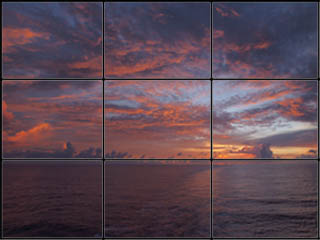
Subject is the foreground:
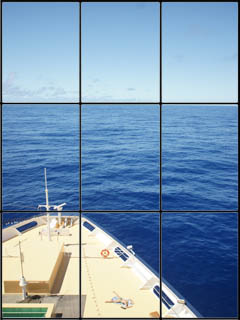
Subject located at an intersection:
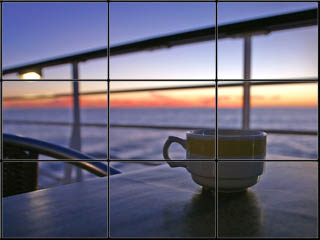
Subject centered in a third and
isolated by focus:
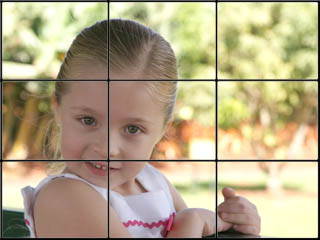
Leading into the image:

Diagonal through the thirds:

Two subjects (face and dish), each in their own third:
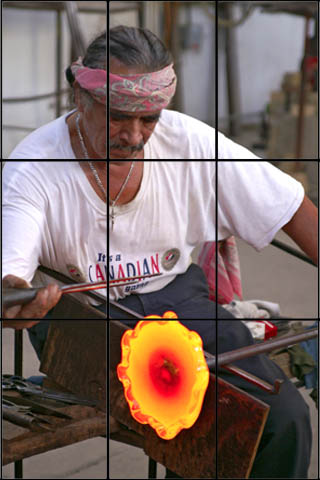
Just a note on the rule…it was made to be broken! There are many situations where the rule is
bent or broken for technical purposes, such as architecture or for
aesthetics, as in a close up of a rose. Sometimes, the sky and the
foreground are both interesting and a centered horizon works well. It
never hurts to pop off a few images of a subject, moving it from one
third to another to see what works. You may even want to take a centered
"tourist shot" of the subject, just to compare the results.
That’s
enough to get started...go out and put something interesting in a
third!
Happy shooting!
Dave
